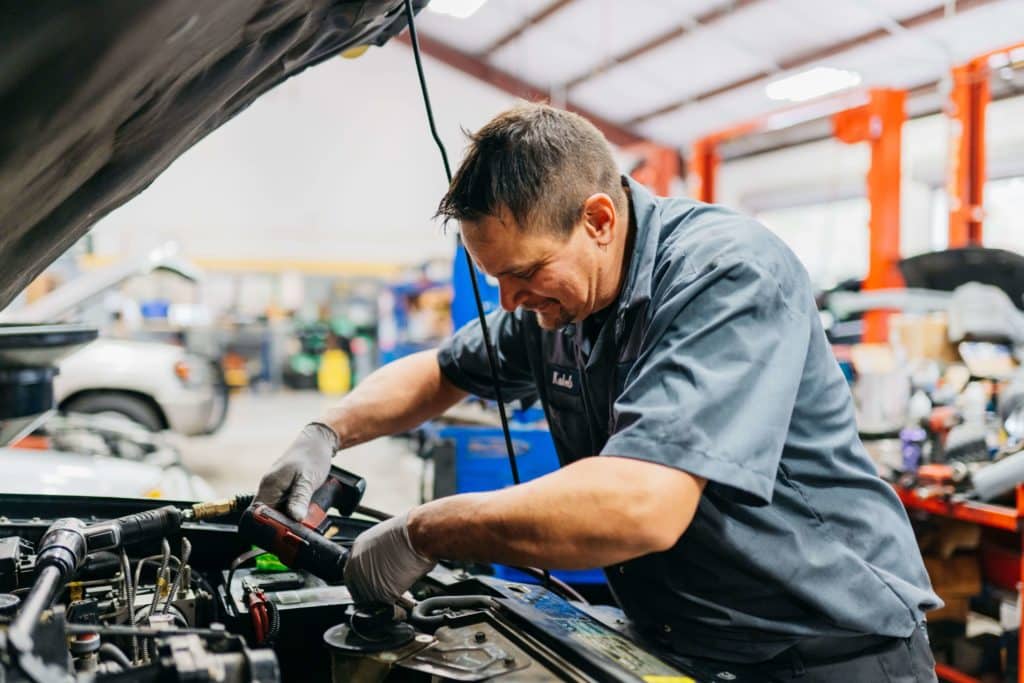All Categories
Featured
Your vehicle's suspension system is an important component that enhances your driving experience by giving control, security, and comfort. Over time, deterioration on this system can endanger your automobile's safety and security and efficiency. By taking on appropriate maintenance practices, you can prolong the life of your suspension and avoid costly fixings. Below's a step-by-step guide to maintaining your shock absorber in exceptional shape.
![]()
Dripping Liquid: Oil around the struts or shocks shows they may need substitute. Damaged Springs: Cracks or breaks in the springs can trigger irregular car height. Rust or Corrosion: Metal parts like control arms and bushings are vulnerable to rust with time. Have your suspension system checked by an expert mechanic. if you see any problems.
Keep tires pumped up to the recommended pressure. Rotate tires every 5,000 to 7,500 miles. Equilibrium and line up wheels yearly or after striking potholes or visuals. Irregular tire wear is a common sign of suspension imbalance or used elements.
![]()
Conclusion. Proper upkeep of your suspension system is important for making certain a secure and comfortable driving experience. By conducting routine assessments, replacing worn parts, maintaining tire care, and driving responsibly, you can maintain your suspension in peak problem. Proactive treatment not only prevents pricey repair services yet additionally guarantees your lorry's long life and safety and security for every trip.
- Comprehend the Significance of the Shock Absorber. The shock absorber takes in shocks from uneven roadways, sustains the vehicle's weight, and maintains the tires firmly in call with the roadway. It includes shocks, struts, springtimes, control arms, and bushings, every one of which collaborate to make sure a steady and smooth ride. Recognizing its relevance is the very first step towards correct care.
- Conduct Routine Visual Evaluations. Constant visual checks can aid identify prospective issues early. Look for:

Dripping Liquid: Oil around the struts or shocks shows they may need substitute. Damaged Springs: Cracks or breaks in the springs can trigger irregular car height. Rust or Corrosion: Metal parts like control arms and bushings are vulnerable to rust with time. Have your suspension system checked by an expert mechanic. if you see any problems.
- Address Uncommon Sounds and Signs. Unusual noises, such as creaking, squeaking, or clunking, often signal suspension problems. In a similar way, a bouncy ride, problem guiding, or the automobile drawing away shows that a suspension part could need attention. Don't disregard these indicators; early detection can avoid more damages.
- Keep Proper Tire Treatment. Tires and suspension work with each other to provide a smooth ride. To reduce anxiety on your suspension system:
Keep tires pumped up to the recommended pressure. Rotate tires every 5,000 to 7,500 miles. Equilibrium and line up wheels yearly or after striking potholes or visuals. Irregular tire wear is a common sign of suspension imbalance or used elements.
- Replace Worn-Out Elements on schedule. Suspension components like shocks, struts, and bushings break in time. Suppliers generally recommend replacing shocks and shows off every 50,000 to 100,000 miles, depending upon driving problems. Postponing replacement can jeopardize handling, safety, and general automobile performance.

- Prevent Overloading Your Car. Surpassing your automobile's weight capability puts excessive pressure on the suspension system. This can lead to much faster damage on elements like shocks and springtimes. Always examine your proprietor's handbook for weight restrictions and prevent overloading.
- Drive Sensibly. Aggressive driving habits, such as speeding up over fractures, taking edges as well quick, or regularly driving on rough roads, can damage your suspension. Technique careful driving to lessen wear and prolong the lifespan of your suspension system.
- Schedule Professional Examinations. Routine expert inspections are important for determining covert problems and ensuring optimal efficiency. Mechanics can find troubles that aren't visible during a DIY check, such as worn ball joints or control arm damages.
Conclusion. Proper upkeep of your suspension system is important for making certain a secure and comfortable driving experience. By conducting routine assessments, replacing worn parts, maintaining tire care, and driving responsibly, you can maintain your suspension in peak problem. Proactive treatment not only prevents pricey repair services yet additionally guarantees your lorry's long life and safety and security for every trip.
Latest Posts
Protect Your Home with Top Quality Residential Roofing
Published en
1 min read
Don’t Miss Special Auto Repair Offers in Chicago at Montclare Auto Repair
Published en
1 min read
Find Brake Repair & More: Comprehensive Services Guide from Montclare Auto Repair
Published en
1 min read
More
Latest Posts
Protect Your Home with Top Quality Residential Roofing
Published May 23, 25
1 min read
Don’t Miss Special Auto Repair Offers in Chicago at Montclare Auto Repair
Published May 23, 25
1 min read
Find Brake Repair & More: Comprehensive Services Guide from Montclare Auto Repair
Published May 22, 25
1 min read